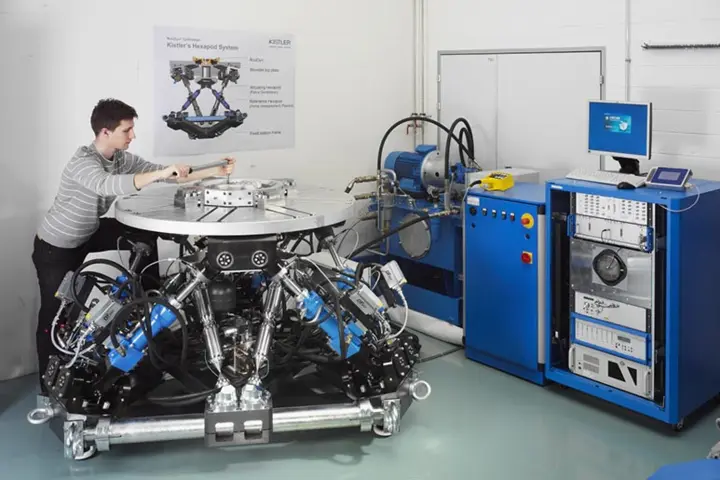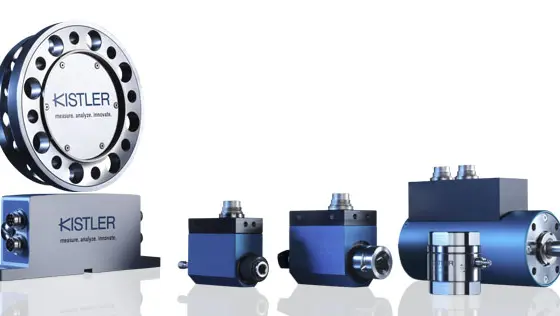What is a hexapod?
A hexapod (lat. 'six-footer') is a system for motion control. Thanks to its six legs with adjustable length, movements can be simultaneously performed in three rotational and three linear axes (so-called parallel kinematics). As a result, a load or a workpiece, for example, can be positioned with very high precision. Hexapods are used in various industrial areas, including, among others, measurement technology. The bandwidth of the constructive design, parameters, etc., is very large.








